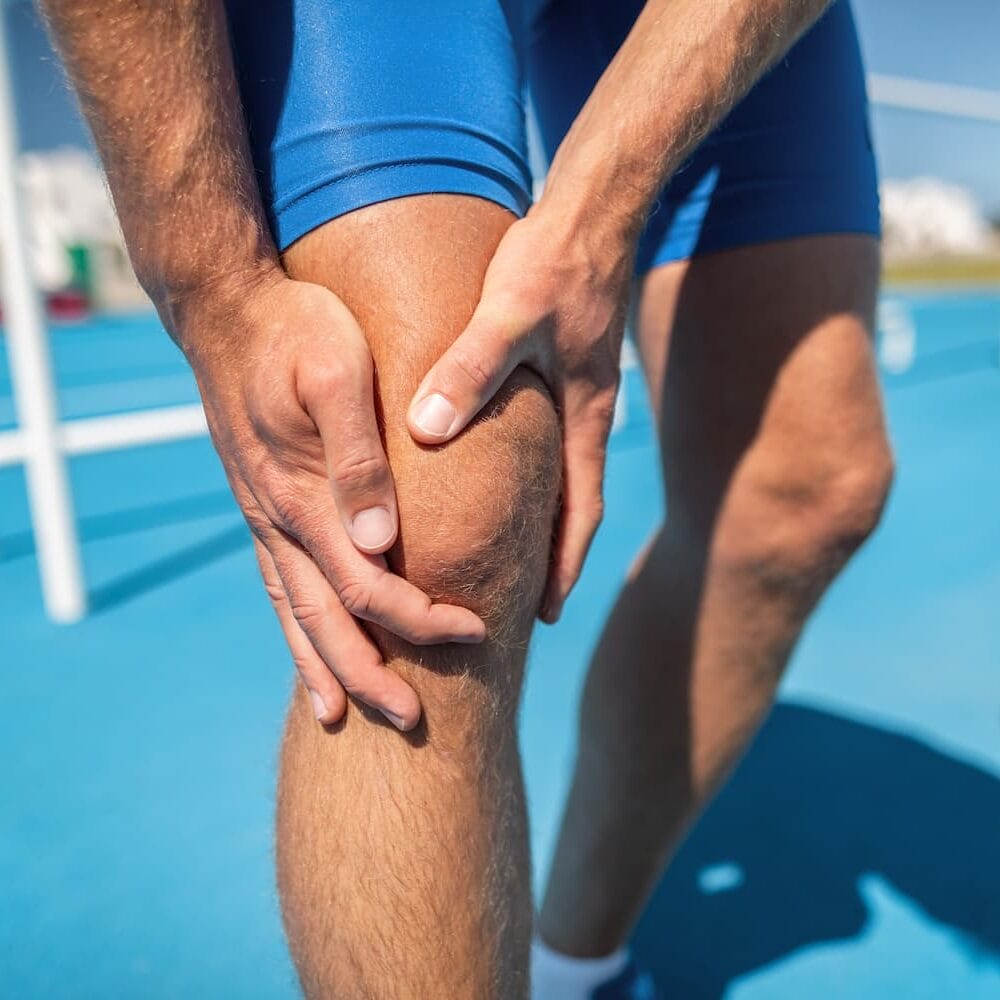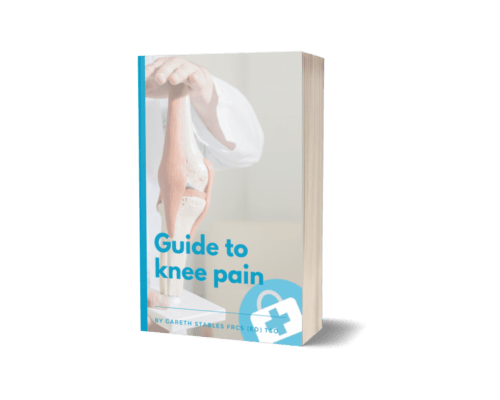What is patellar tendinopathy?

Patellar tendinopathy, also known as jumper's knee, is a common overuse injury that affects the tendon that connects your kneecap to your shinbone. It is caused by repetitive stress on the tendon, which can lead to inflammation, pain, and weakness.
Who is at risk for patellar tendinopathy?
Patellar tendinopathy is most common in athletes who participate in sports that involve jumping, such as basketball, volleyball, and athletics. It can also occur in people who participate in activities that put a lot of stress on the knees, such as running and hiking.
What are the symptoms of patellar tendinopathy?
The most common symptom of patellar tendinopathy is pain in the front of the knee, below the kneecap. The pain may be worse after activity or when going up and down stairs. Other symptoms may include:
- Tenderness in the front of the knee
- Swelling
- Weakness in the knee
- Stiffness in the knee

How is patellar tendinopathy diagnosed?
Your doctor will likely diagnose patellar tendinopathy based on your medical history and physical examination. They may also order imaging tests, such as an ultrasound or MRI, to confirm the diagnosis.
How is patellar tendinopathy treated?
The goal of treatment for patellar tendinopathy is to reduce pain and inflammation, and to improve function. Treatment options may include:
- Rest: Avoiding activities that put stress on the knee can help to reduce pain and inflammation.
- Ice: Applying ice to the knee for 20 minutes at a time can help to reduce inflammation and pain.
Compression: Wrapping the knee with an elastic bandage can help to reduce swelling. - Elevation: Elevating the knee above the heart can help to reduce swelling.
- Nonsteroidal anti-inflammatory drugs (NSAIDs): NSAIDs, such as ibuprofen or naproxen, can help to reduce inflammation and pain.
- Eccentric strengthening exercises: Eccentric strengthening exercises are the most effective treatment for patellar tendinopathy. These exercises involve slowly lowering the weight of your leg against gravity.
- Physiotherapy: Physiotherapy can help you to learn how to do eccentric strengthening exercises and other exercises that can help to improve your knee function.
- Injections: Injections of corticosteroids or platelet-rich plasma (PRP) may be helpful in some cases.
- Surgery: Surgery is rarely necessary for patellar tendinopathy. However, it may be an option for people who have not responded to other treatments.
How long does it take to recover from patellar tendinopathy?
The time it takes to recover from patellar tendinopathy varies from person to person. Most people will improve with conservative treatment within 6 to 12 months. However, some people may need more time to recover.
How can I prevent patellar tendinopathy?
The best way to prevent patellar tendinopathy is to warm up before activity and to cool down afterward. You should also avoid activities that put too much stress on your knees. If you do experience pain in your knee, stop the activity and rest. You may also want to see a doctor or physiotherapist to get help with exercises that can help to strengthen your knees.


